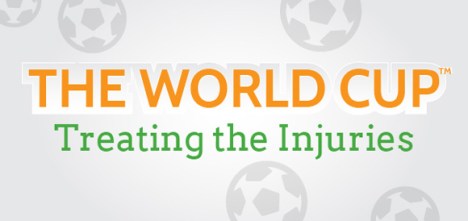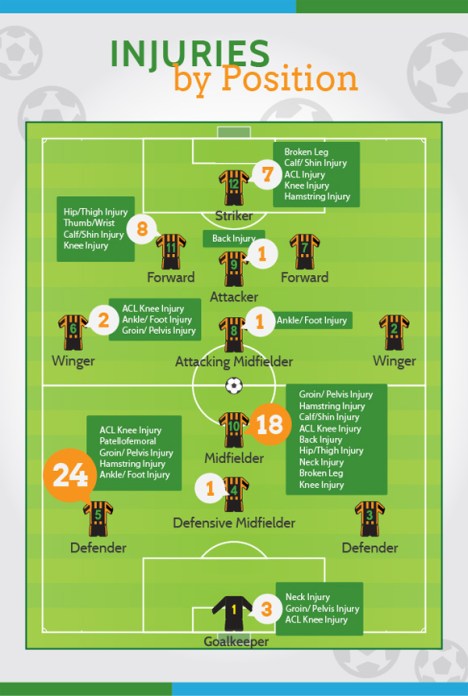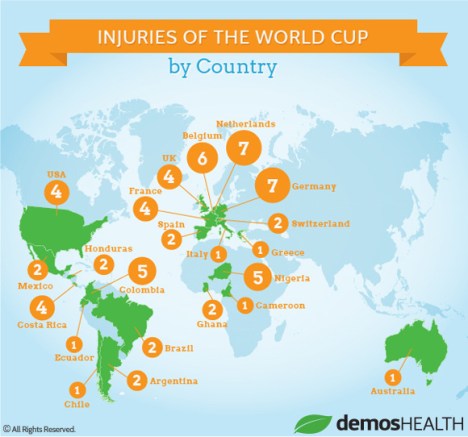
As much as 85 percent may be taxable
By Lon Jefferies MBA CFP®

If Social Security is your only source of income, it is unlikely that your monthly benefit is subject to taxation.
However, people like doctors and other medical professionals with substantial income outside of Social Security may have to pay federal income taxes on their benefits. In fact, it is possible that as much as 85 percent of your Social Security payout is taxable.
The Determination
To determine whether you are required to pay taxes on your benefit, the first step is to determine what the federal government deems your “combined income.” Your “combined income” is one-half of your Social Security benefit, plus all other income received during the year. Other income might include wages earned, capital gains recognized, dividends and interest collected, pension benefits received, and IRA funds distributed during the year.
Example:
For instance, consider a retired couple that receives an annual pension benefit of $20,000, takes an IRA distribution in the amount of $10,000, and receives $15,000 in Social Security benefits. This couple’s other income would total $30,000 (the pension and the IRA distribution). One-half of the Social Security benefit, or $7,500 would then be added to the other income to create a “combined income” of $37,500.
If a couple filing a joint tax return has a “combined income” of less than $32,000 ($25,000 for individuals), then all Social Security benefits are free of taxation. However, if the figure is between $32,000 and $44,000 ($25,000 and $34,000 for individuals), then as much as 50 percent of the Social Security benefit may be taxable. Further, if the “combined income” is greater than $44,000 ($34,000 for individuals), than as much as 85 percent of the Social Security payout may be taxable.
The “Combined Income” Threshold
So should couples do everything necessary to keep their “combined income” below $32,000 (the 50 percent threshold), or even $44,000 (the 85 percent threshold)? Fortunately, the tax system is progressive, meaning that just because a couple might fall in the bracket causing as much as 50 percent of their Social Security benefit to be taxable, not all of their benefit is necessarily taxed as such.
Example:
For instance, our sample couple with a “combined income” of $37,500 might be concerned that they are paying taxes on 50 percent of their Social Security benefit because that is the bracket they fall in. This would cause half of their $15,000 Social Security benefit, or $7,500, to be taxable. Fortunately, it is only the $5,500 of benefits received that pushes the couple’s “combined income” over and above the $32,000 threshold that is actually considered 50 percent taxable. As a result, only $2,750 (half of the $5,500 of “combined income” over the $32,000 threshold) of Social Security benefits is taxable. In this instance, the taxpayers are only paying taxes on 18 percent ($2,750/$15,000) of their Social Security benefits.
Getting Granular
Now suppose our imaginary couple received not $15,000 in total Social Security benefits, but $15,000 each, leading to a total benefit of $30,000. Assuming the same $20,000 pension benefit and $10,000 IRA distribution, the couple’s “combined income” would now be $45,000 (half of the $30,000 in Social Security benefits received plus the $30,000 of other income).
This provides another illustration of how the progressive tax system prevents higher-income taxpayers from feeling the need to do everything they can to get their “combined income” under the $44,000 threshold just to avoid the 85 percent bracket. First, a “combined income” of $45,000 clearly fills the entire 50 percent bracket of $32,000 – $44,000. Consequently, the entire $12,000 of Social Security benefits received within that range will be 50 percent taxable (or $6,000 of benefits received will be taxable). Additionally, another $1,000 of benefits over and above the $44,000 threshold will be 85 percent taxable, meaning another $850 of benefits are taxed. This means a total of $6,850 ($6,000 from the 50 percent taxable bracket, and $850 from the 85 percent taxable bracket) of Social Security benefits received will be taxable. Still, however, of the $30,000 of Social Security payments received by our couple, only 23 percent ($6,850/$30,000) ends up being taxable.
Taking this one step further, we can deduce that income outside of a Social Security benefit (the combination of pension benefits, IRA distributions, capital gains, etc) must be greater than $44,000 for there to even be a possibility that as much as 85% of a Social Security benefit would be taxable. If this other income portion of the “combined income” is less than $44,000, then at least some of our Social Security benefit will fall in the 50 percent threshold, if not the 0 percent threshold.

The Calculations
Here is a useful calculator to determine the taxability of your Social Security benefit.
The point of this exercise is twofold. First, understanding the factors that may cause a Social Security benefit to be more or less taxable provides us with an advantage from a financial planning perspective. Second, it is important to realize that just because our “combined income” passes a threshold causing some of our Social Security benefit to be taxable doesn’t mean that the resulting tax liability is catastrophic.
Assessment
In fact, once realizing that the increase in tax liability from having some additional income is so inconsequential, some retirees may be more likely to spend and enjoy their retirement, which is the point of financial planning in the first place.
Conclusion
Your thoughts and comments on this ME-P are appreciated. Feel free to review our top-left column, and top-right sidebar materials, links, URLs and related websites, too. Then, subscribe to the ME-P. It is fast, free and secure.
Speaker: If you need a moderator or speaker for an upcoming event, Dr. David E. Marcinko; MBA – Publisher-in-Chief of the Medical Executive-Post – is available for seminar or speaking engagements. Contact: MarcinkoAdvisors@msn.com
OUR OTHER PRINT BOOKS AND RELATED INFORMATION SOURCES:



Filed under: Retirement and Benefits | Tagged: Lon Jefferies MBA CFP®, social security | 3 Comments »




























































